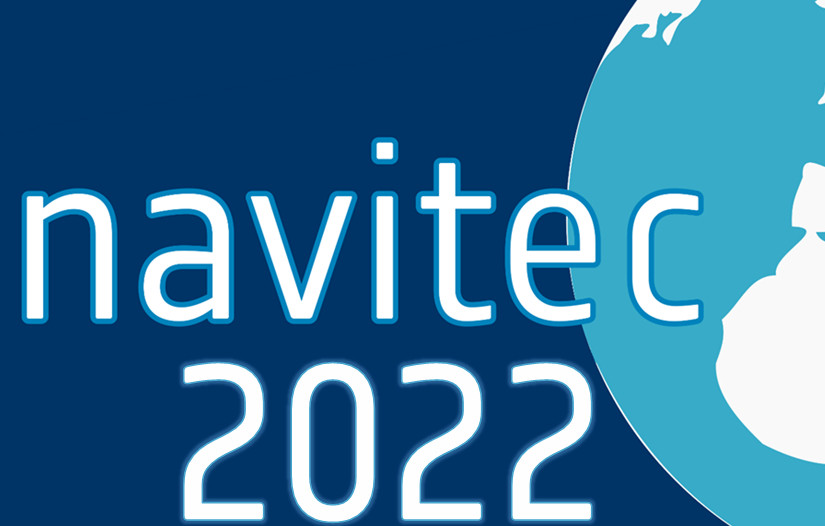GMV at Navitec 2022

In April took place Navitec 2022 in Noordwijk, Netherland. An open forum, sponsored by GMV, for space and terrestrial satellite navigation technology designers, developers, integrators, users, universities, and agency representatives.
It focused on navigation technologies and techniques leading to significant enhancement of the user performance, enablers for future applications, and solutions for challenging environments.
Some of the topics covered in this year´s edition included space navigation systems and technologies, dedicated systems for exo-navigation, scientific exploitation of GNSS signals and PNT technologies or atmospheric sciences and space weather.
GMV, one of the leading European companies in the development of European GNSS, EGNOS, and Galileo programs, took part in this event and presented several papers in different track panels.
In the Navigation in Space and Science track panel, it was presented the "Autonomous Navigation for Moon Missions: A Realistic Performance Assessment, Considering Earth GNSS Signals and LCNS Constellation" paper. Developed within the ESA NAVISP program, its main goal is to explore the use of existing Earth GNSS infrastructure to perform cis-lunar autonomous navigation and evaluate the improvement introduced by LCNS (Lunar Communication and Navigation Service).
They analyzed two scenarios: Lunar Pathfinder Orbit (highly elliptical) and a Low Lunar Frozen Orbit that showed a promising performance.
In the Advanced User Algorithms for PNT track panel, two papers were presented. On one hand, the "Innovative Technologies for robust high accuracy position in harsh environment (HARSHTAG)" paper. It covered the current and future trends of GNSS applications like unmanned vehicles, autonomous driving, and the general ubiquitous need for increased accuracy and availability in harsh environments.
Given this situation, it was introduced the project HARSHTAG project that combines different techniques to show the feasibility of high accuracy positioning in harsh urban environments.
On the other hand, the second paper was "Precise Timing for Indoor Small Cells (INTIME)". It consisted of the INTIME Concept Demonstrator, an ESA NAVISP Element1 project aiming to reach timing accuracies in the order to target a few tens of nanoseconds on indoor scenarios, developing advanced signal processing techniques based on multi-antenna spatial diversity exploitation, aiding mechanisms and direct timing algorithms focused on timing retrieval from GNSS signals.
At the end of the conference, this paper was awarded the best presentation for the "Advanced User Algorithms for PNT" Track.